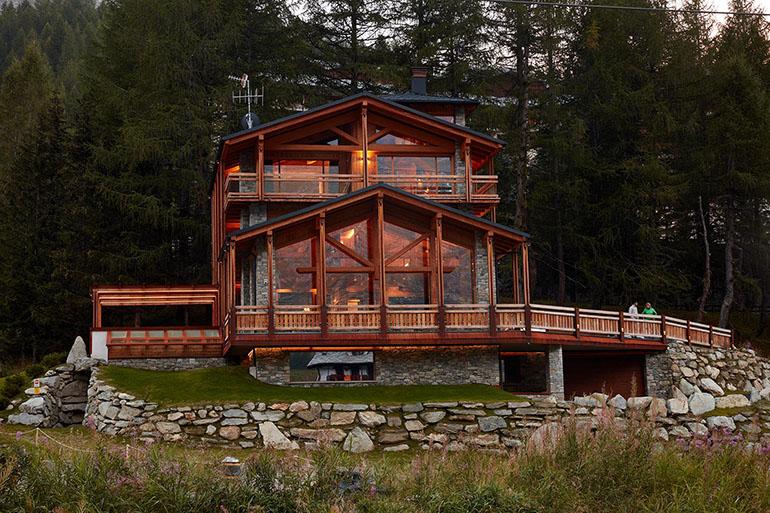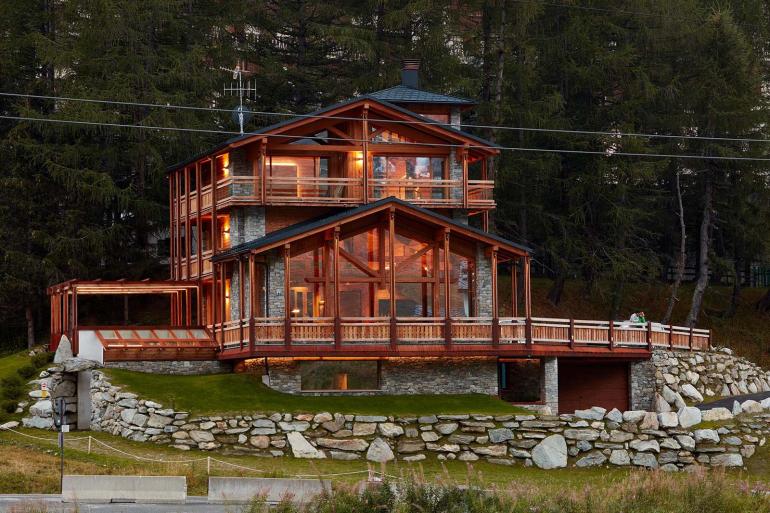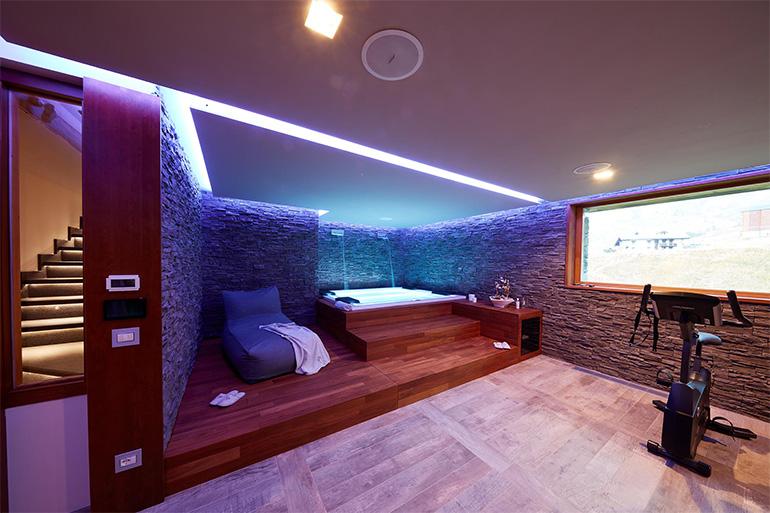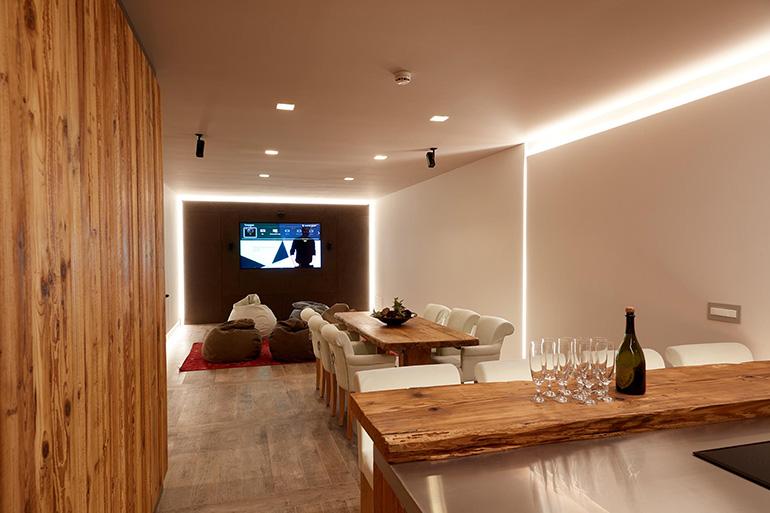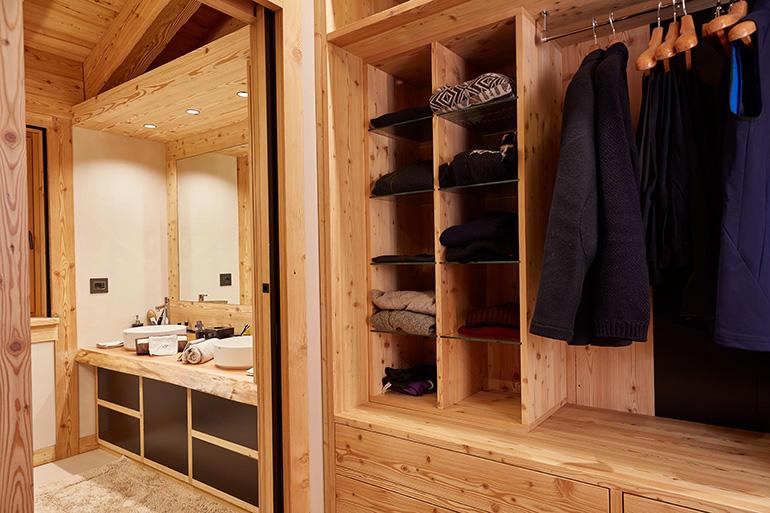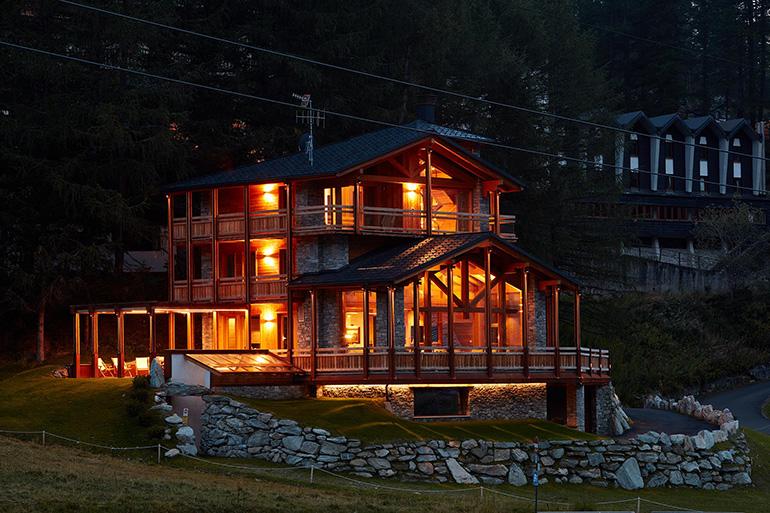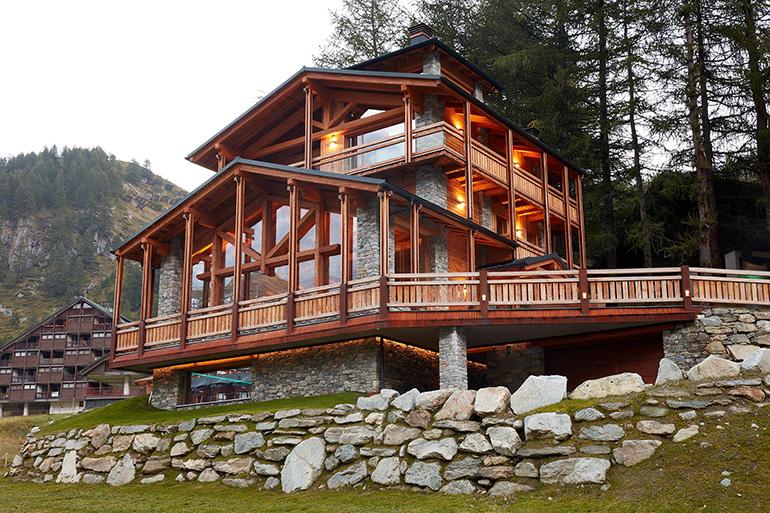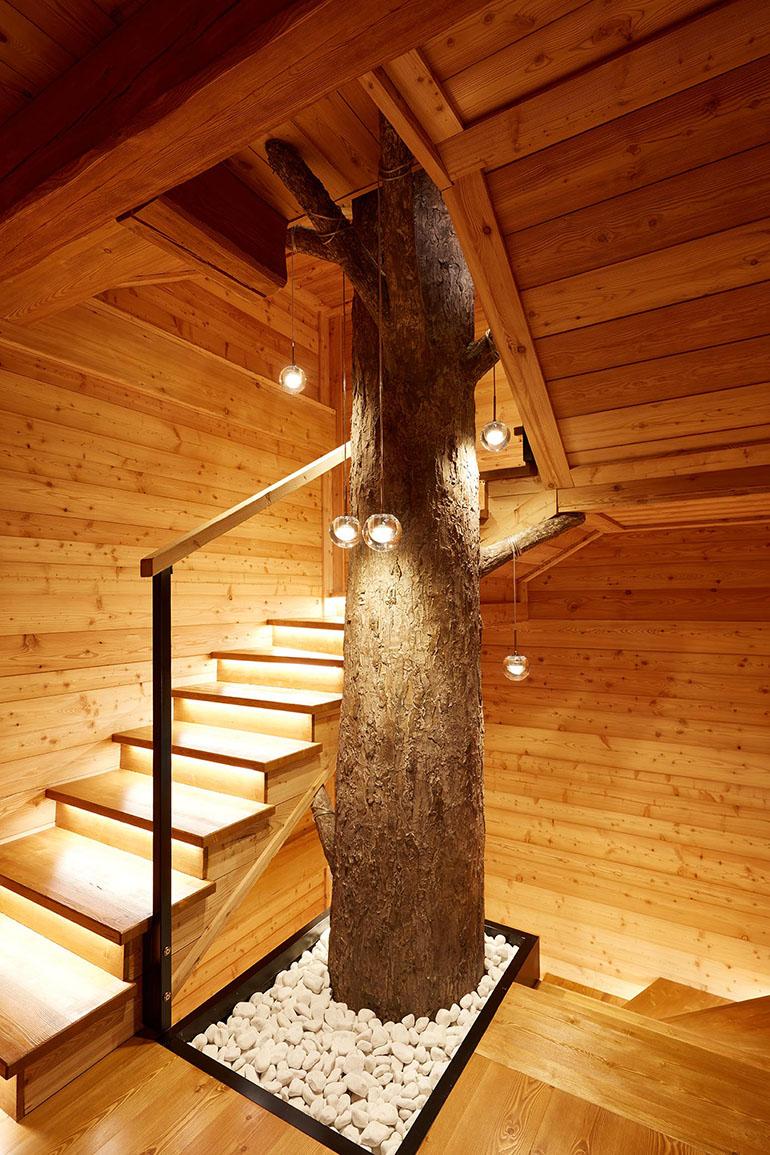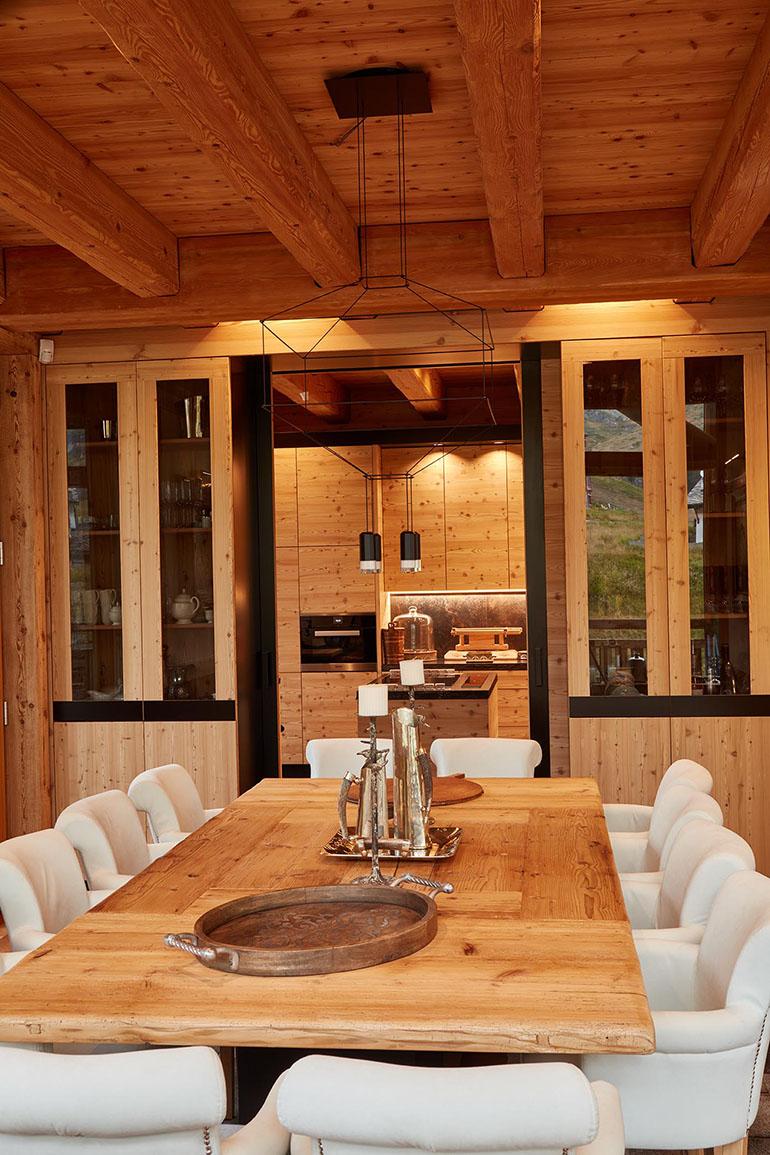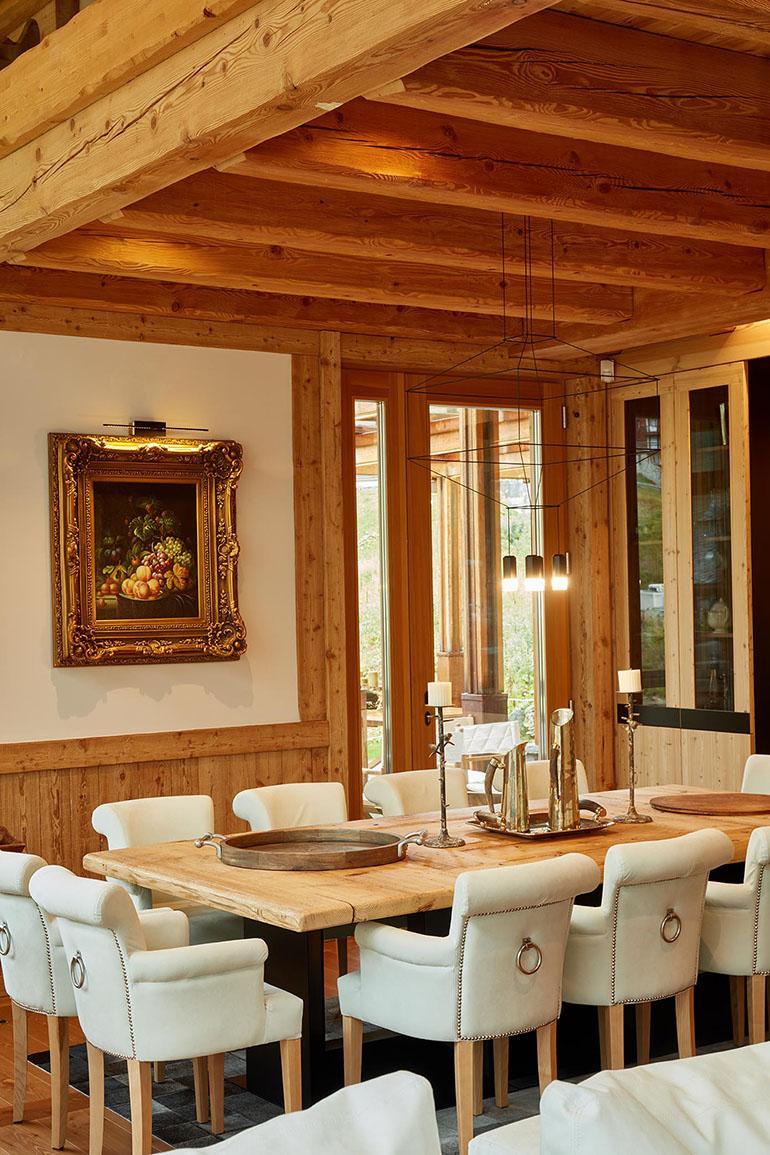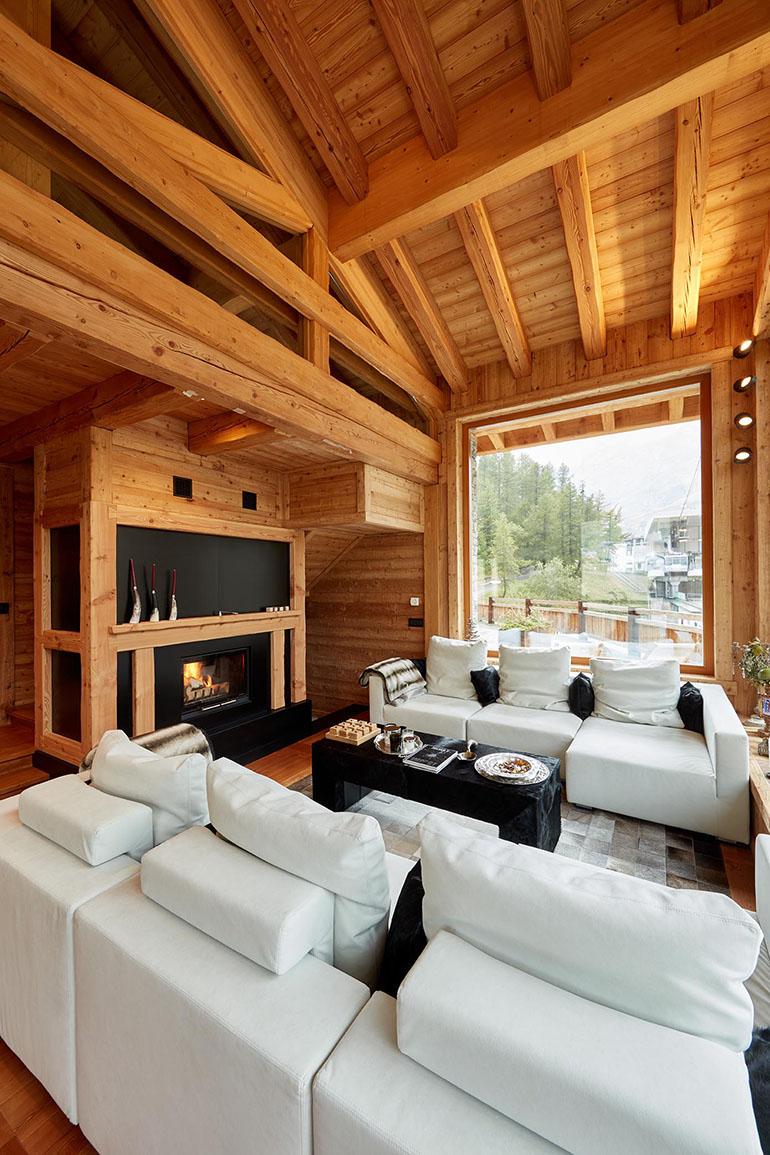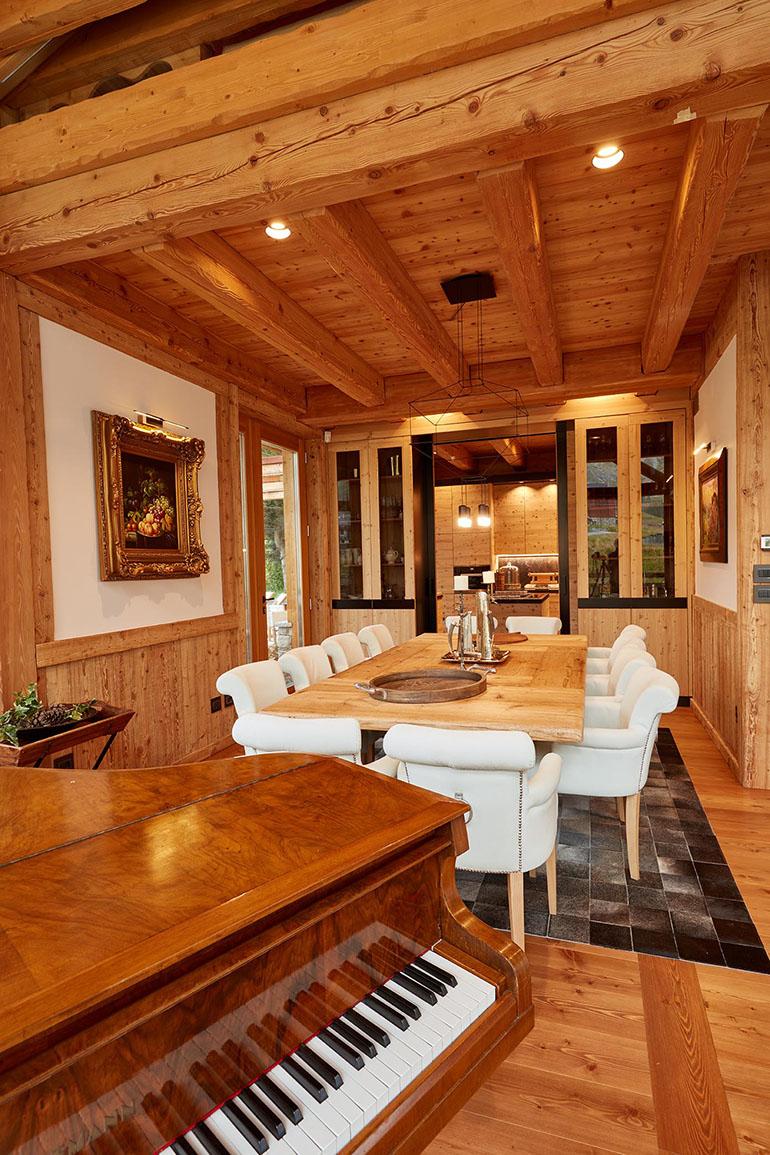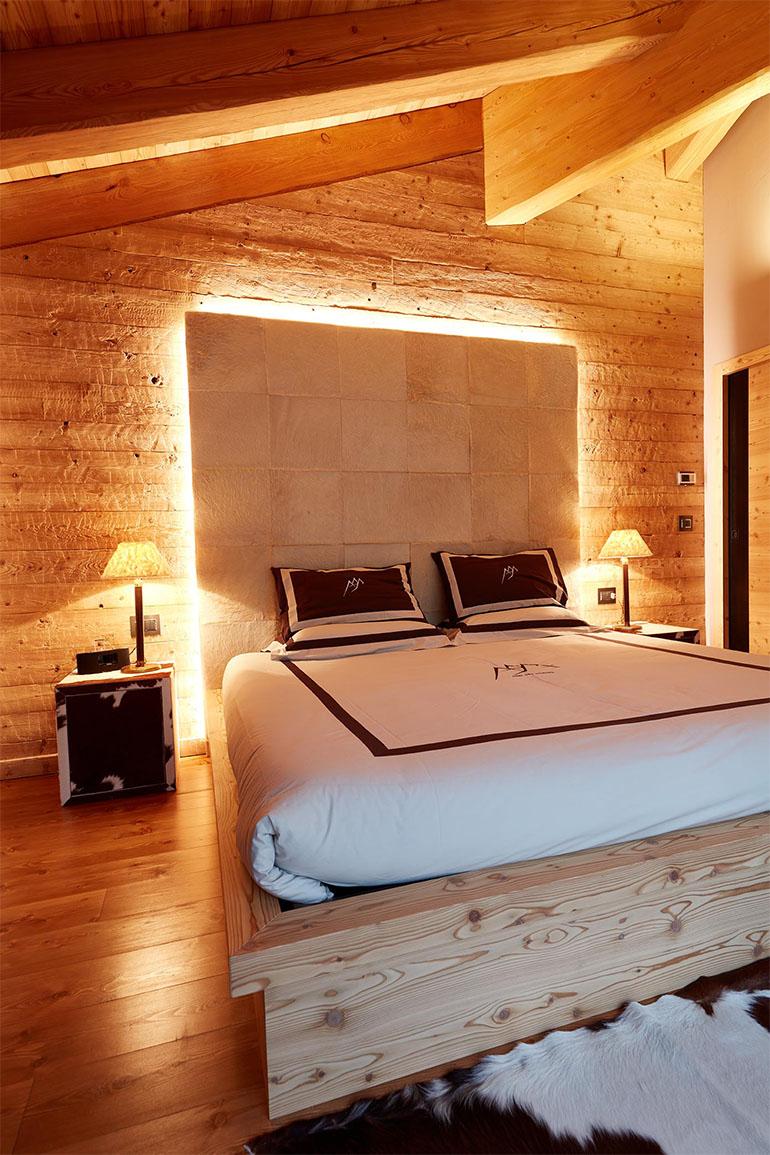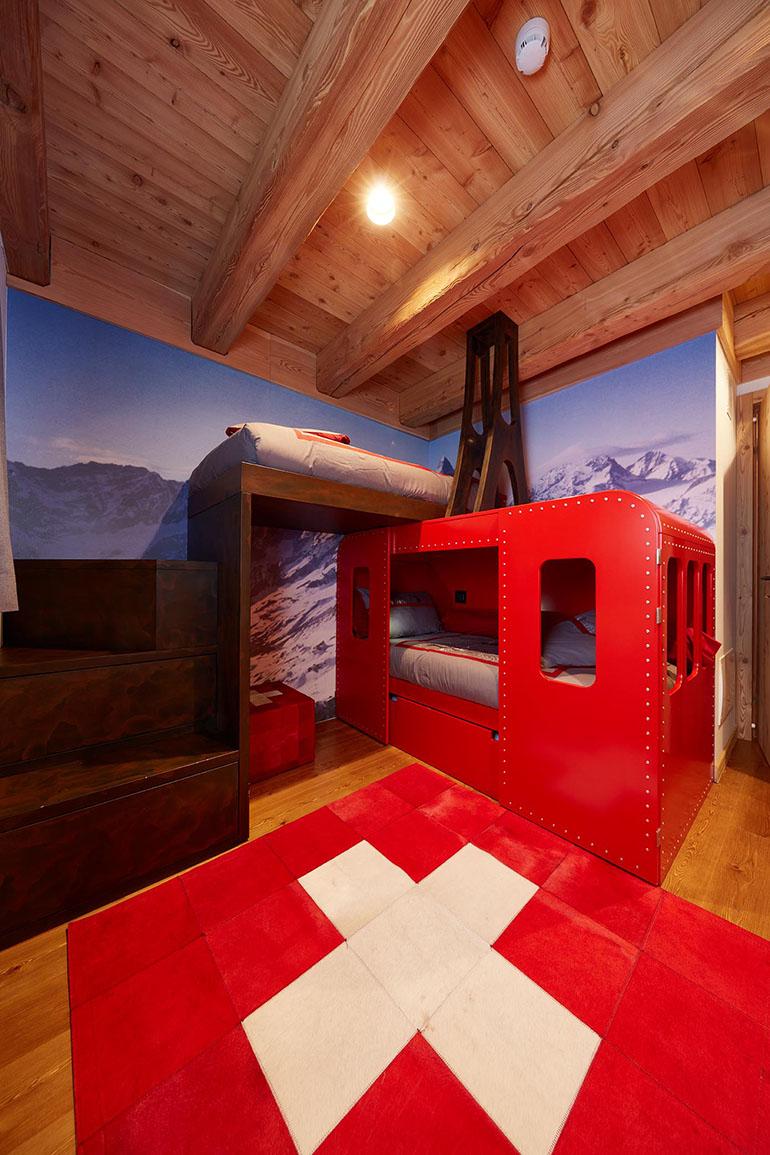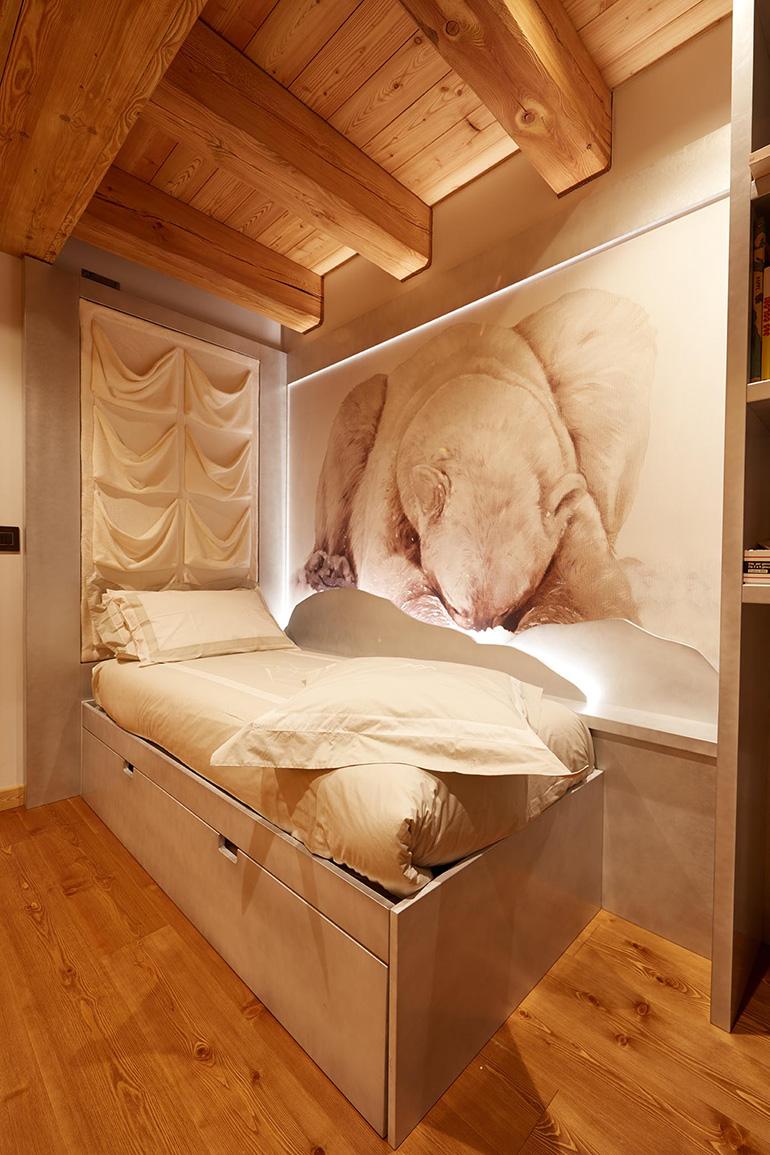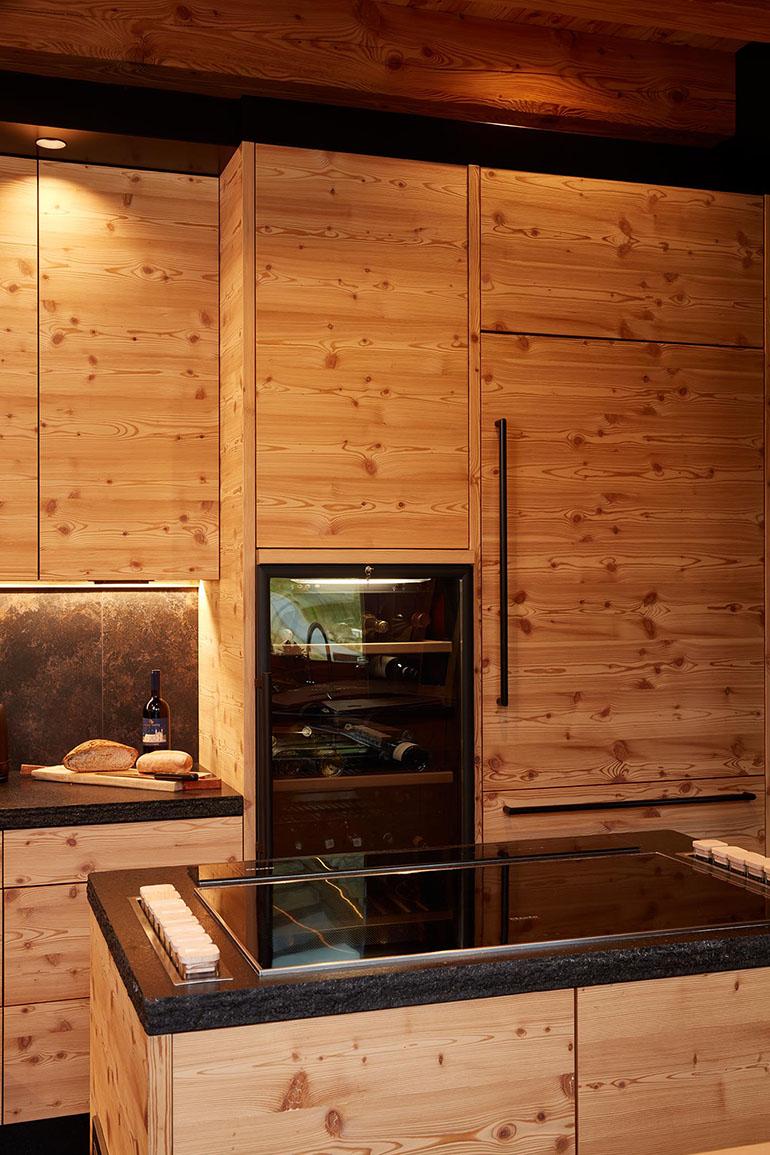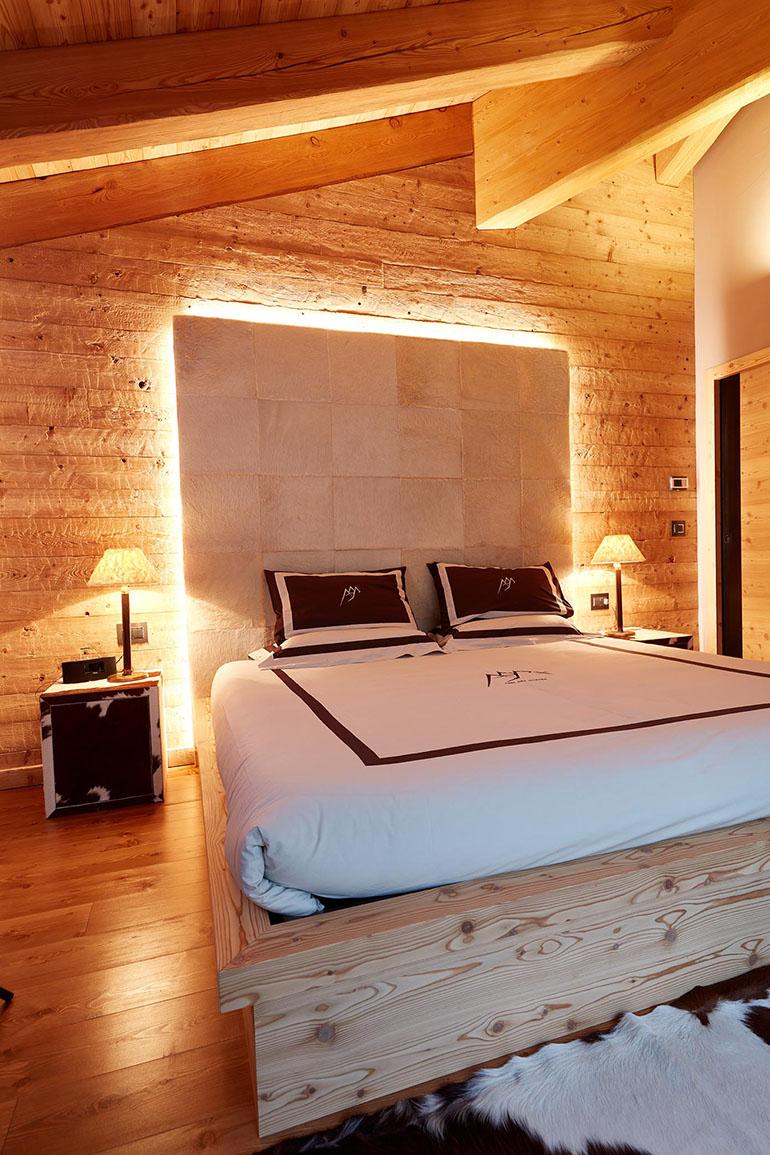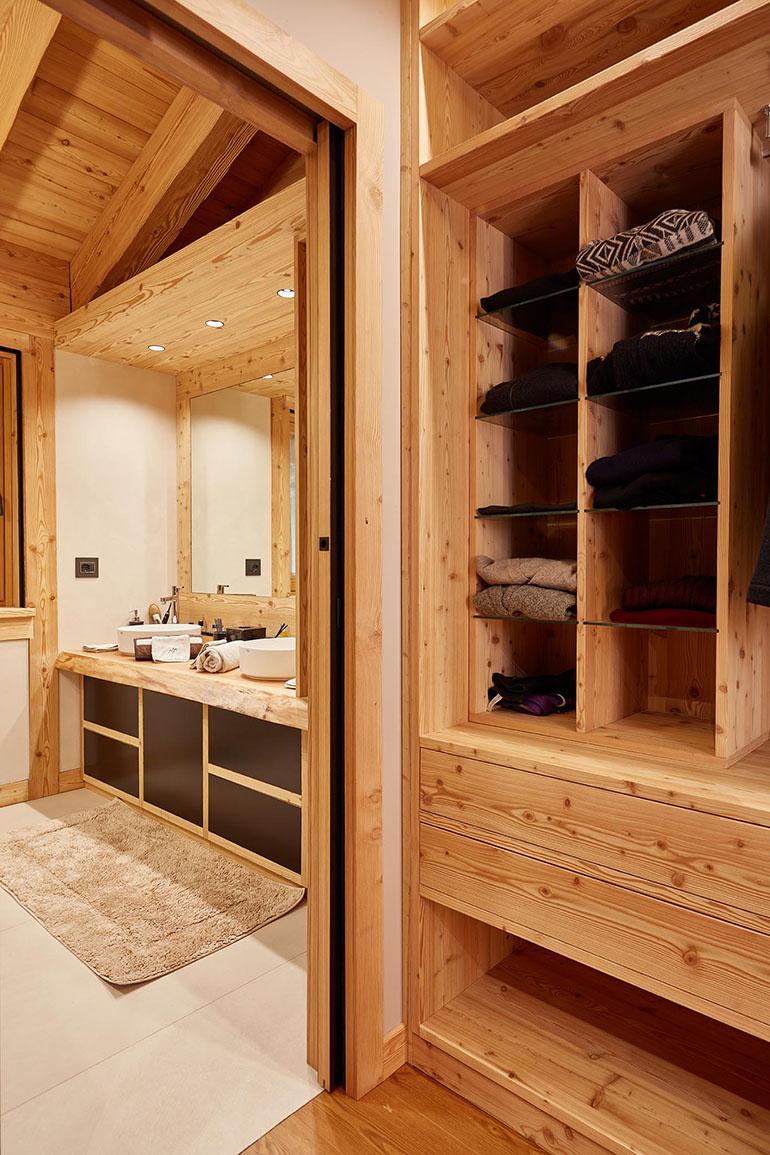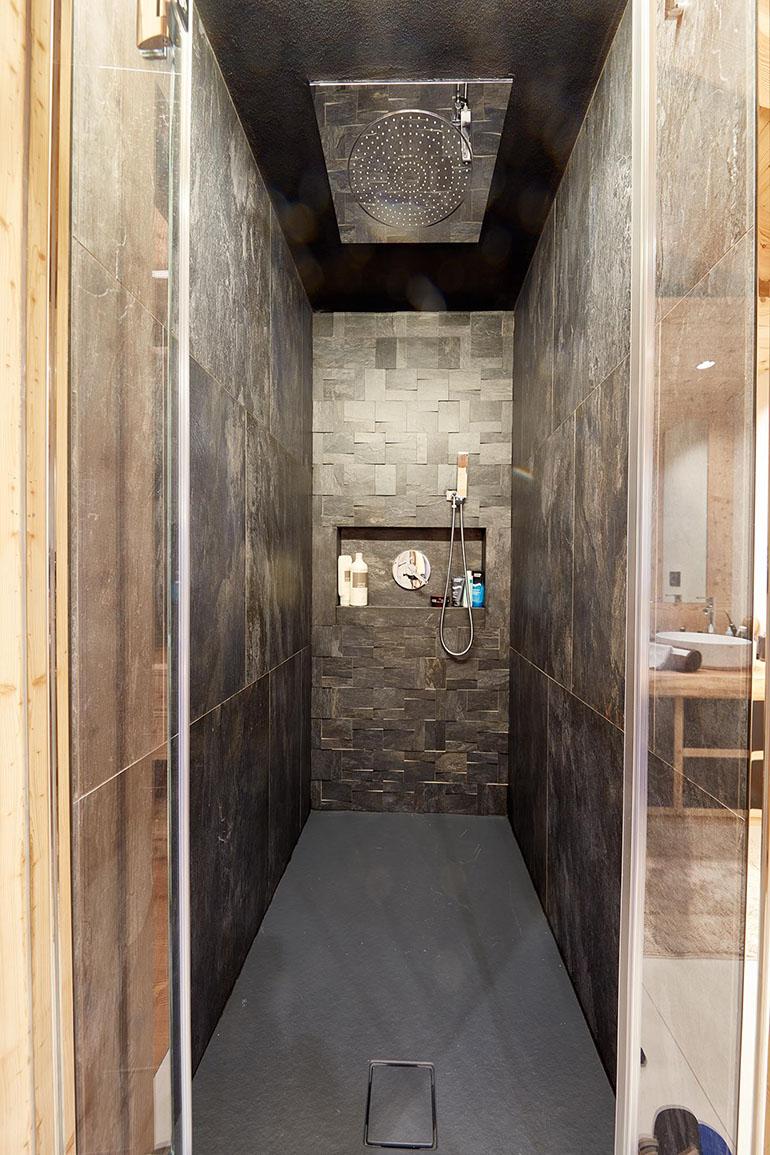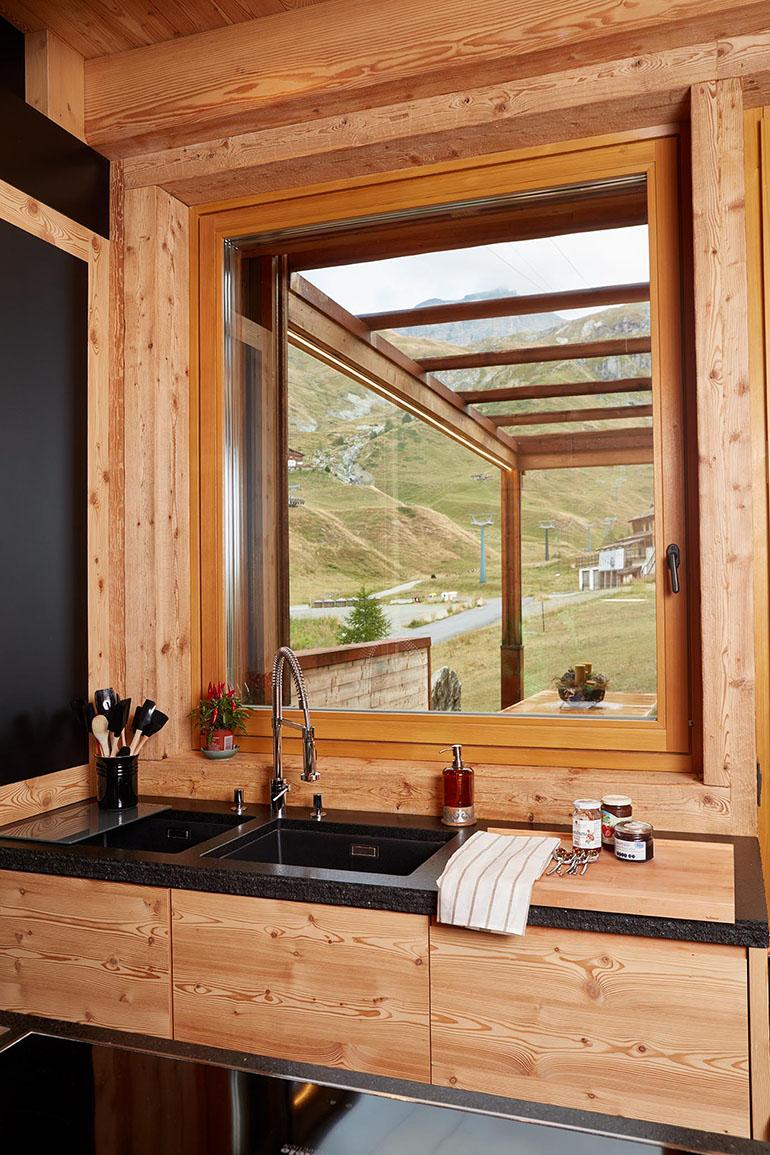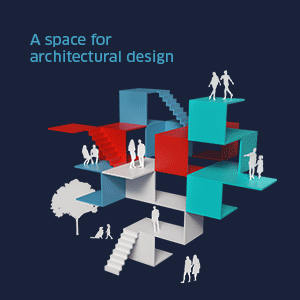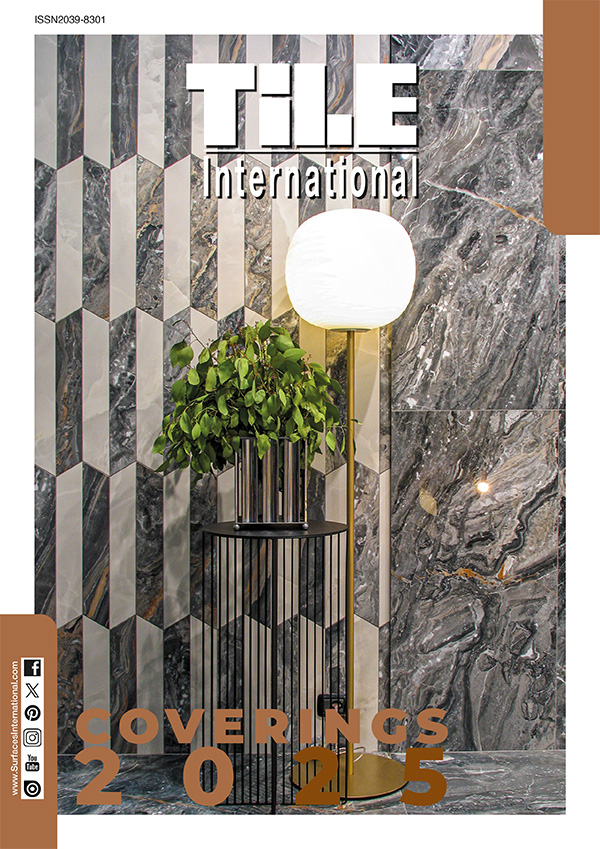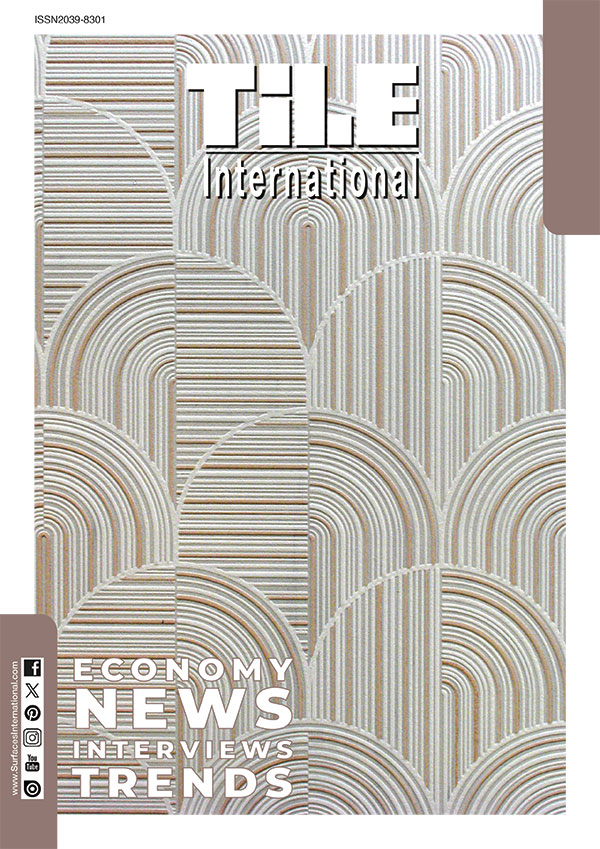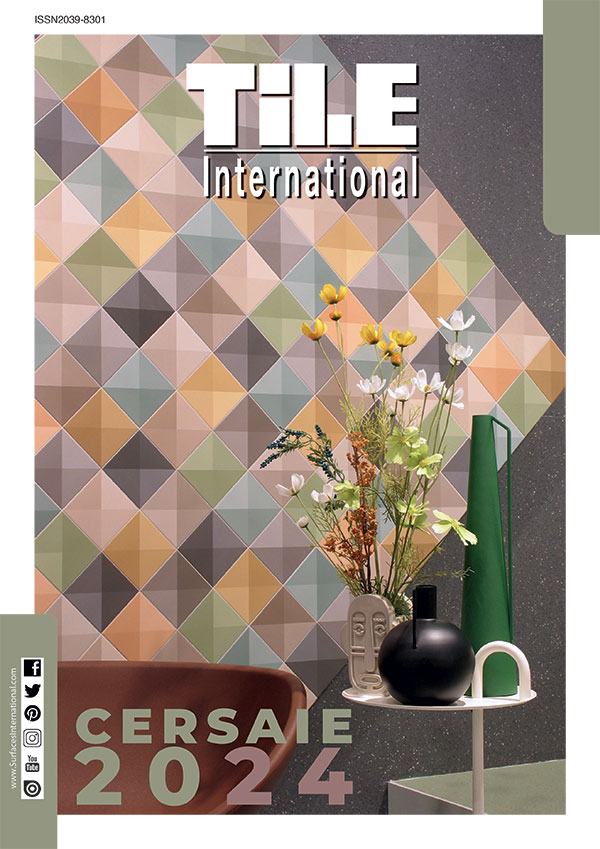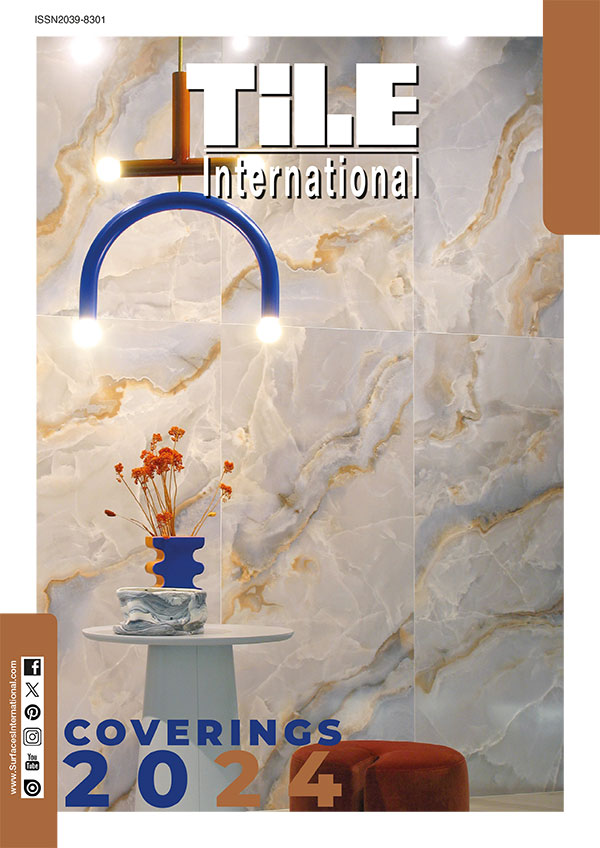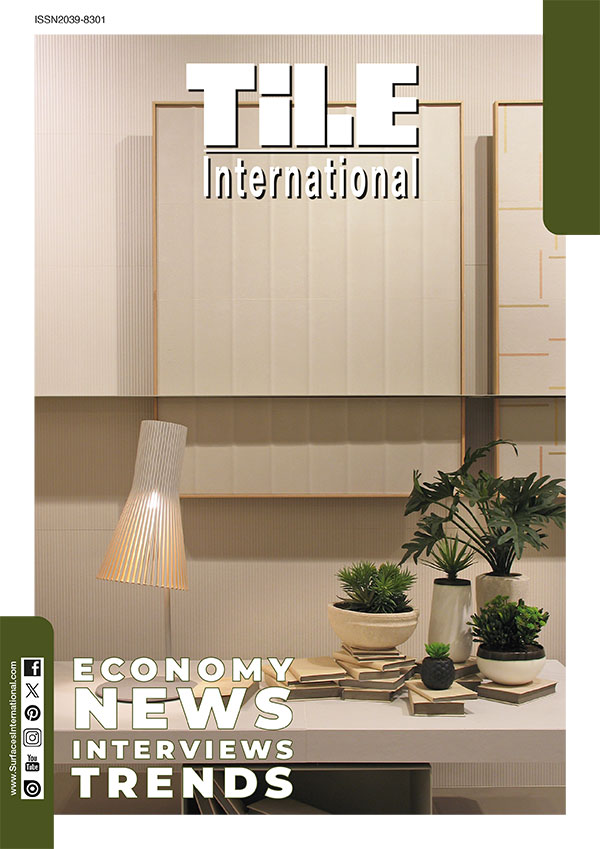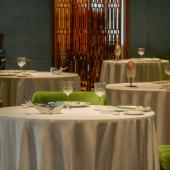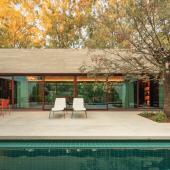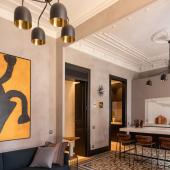"La Casetta" becomes the Abri des skieurs
Originally named "La Casetta" villa, the Chalet across from the Cervinia ski lifts was demolished and rebuilt to become the Abri des skieurs.
Right from the start, there was a clear intention to demolish and rebuild the edifice, seeking to upscale its aesthetic qualities. The aim was also to generate a new architecture suited to its prominent position close to the aerial lift to Plan Maison, but above all, an energy-efficient architecture that would qualify as Class A.
The leitmotif of the project was, without a doubt, a continuous search for spatial articulation by attempting to extend the building as much as possible and reharmonizing the proportions of a building that would otherwise have seemed tall and narrow, given its inherent characteristics.
Indeed, the project consists of 3 floors above ground, a basement and an attic, which is necessary to animate the volumes of the building and to diffuse a homogeneous zenithal light inside.
The core of the configuration is the large double height living area on the ground floor, including the living room, dining area, a fireplace and piano corner. This constitutes a first space identifiable from the outside by a very large curtain framed by two stone pilasters and surmounted by the imposing truss on the façade, and by equally large windows on the sides. This allows visitors to distinguish the glass and wooden design, resting on a stone basement and topped by the typical slate roof.
Still on the ground floor, the kitchen comes to life with the possibility of going directly outside onto the summer veranda facing east, while to the west a further trilithic roof frames the entrance that beckons you in.
In the same spirit of giving movement to the house, between the driveway and the entrance and again between the entrance and the living room, an elevation of 45 cm is given by sets of 3 steps.
The basement is exclusively dedicated to transitory functions, i.e. the garage, which leads to the staff changing room through a hallway, the ironing room with annexed cabin for storing the clothes, the laundry, a food pantry with a refrigerated cellar behind it, a large wine cellar, a workshop, the after ski changing room which you can directly ski in and out and the boiler room with independent entrance.
Heading upstairs is the second section of the residence, consisting of the bedrooms. It is developed on two floors and surrounded on each side by a rough wooden balcony that contributes to enlarging its silhouette and distinguished vertically by twin pillars that define the pace of the façade.
The children's rooms are located on the first floor, including a single room with its own bathroom and two others with a shared bathroom. In addition, there is a small mezzanine intended as a TV corner, with a sofa that occupies the remaining space of the living area and closed by full-height glass that soundproofs the floor.
Moving on to the second and last floor, it obviously hosts the master bedroom: through a large hallway with a bookcase and a chaise longue behind a glass window that overlooks the valley, a bright reading corner has been created that precedes the bedroom itself, enriched by a cosy lounge corner and its walk-in wardrobe that also serves as an anteroom for the adjacent bathroom.
Finally, the building's staircase constitutes a third dimension that passes through and simultaneously holds together all the floors of the villa, from the basement to the attic, culminating externally in a glazed turret that diffuses a homogenous overhead light, creating a chimney of light that sculpts this space from the inside as well.
The entire basement will be made of reinforced concrete and the small emerging part will be clad externally in stone, while a rough timber match with the rest of the building will dress its interior. The ground floor will be further surrounded by a basement structure of approximately 45 cm of stone on which the light structure with made entirely of rough larch wood.
The residence consists of coarse larch boards left exposed, as are the floors, with the exception of the entrance hall and the kitchen, which consist of a rough stone finish brushed for functional reasons.
In accordance with the customer's wishes, the aim was to create a wooden jewel-box that at first glance conceals the fixed furniture such as cupboards, bookcases, sideboards, and from which the modern, mountain-style furnishings such as tables, chairs, sofas, desks, bedside tables and beds seem to emerge by contrast.
As far as energy performance is concerned, another objective was to obtain a class A or B+ building and therefore work with energy-efficient materials and technological packages and the use of renewable energy. For this purpose, it was decided to integrate a solar thermal system on the roof, geothermal energy and a ventilation system with heat recovery powered by a high-efficiency motor, thanks to which the outgoing hot air (from the kitchen, bathroom and WC) is channelled towards a flow exchanger, where the incoming cold air will receive from 80% to 90% of the heat and the supply air will then be recirculated back into the house (living room and bedrooms). All in the aim of achieving a low-energy house.

